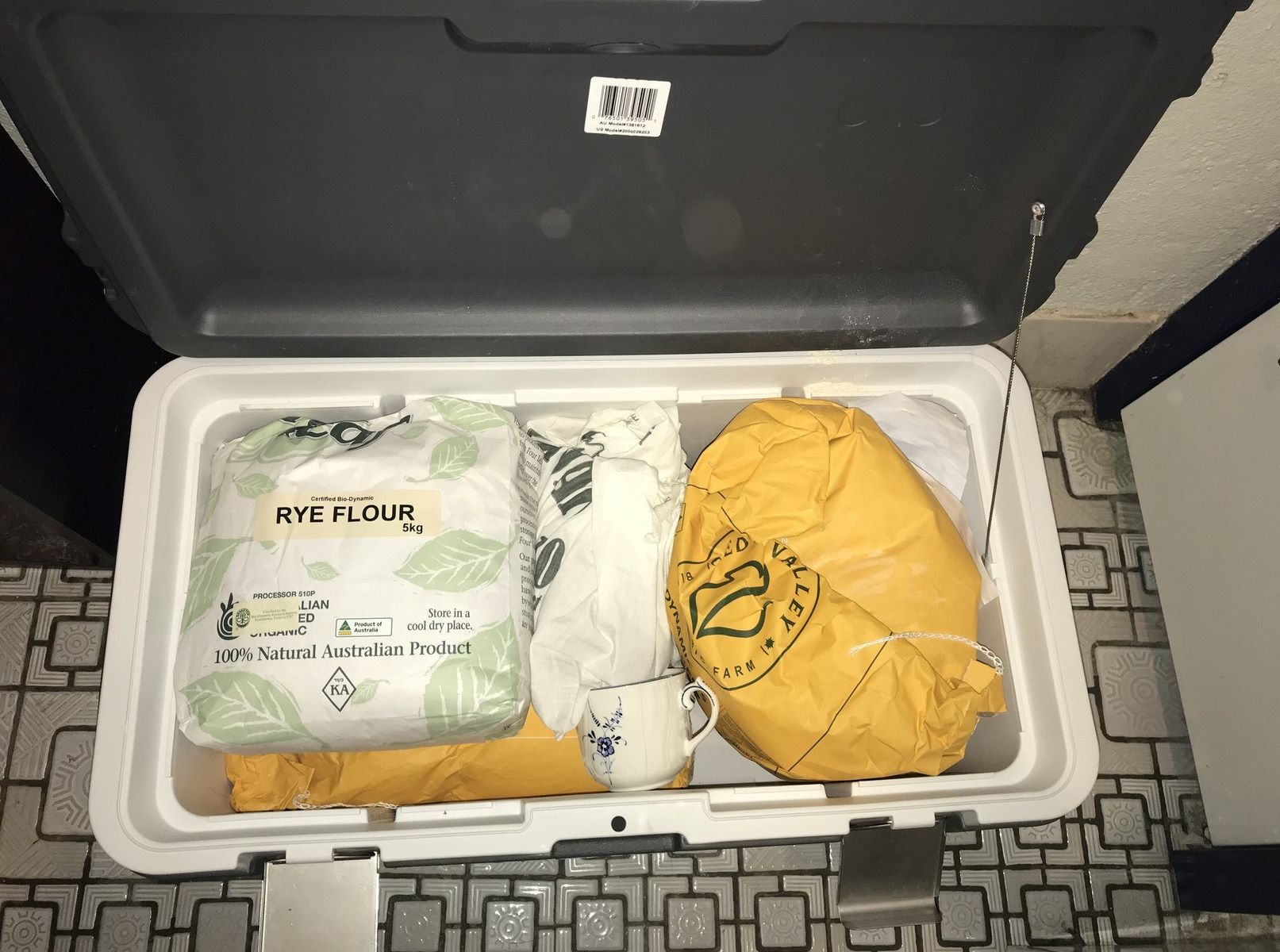

Articles
How To Store Bulk Flour
Modified: January 5, 2024
Learn how to properly store bulk flour to keep it fresh and prevent spoilage. Our articles provide helpful tips and guidelines to ensure your flour stays in its best condition.
(Many of the links in this article redirect to a specific reviewed product. Your purchase of these products through affiliate links helps to generate commission for Storables.com, at no extra cost. Learn more)
Introduction
Storing bulk flour properly is essential for maintaining its freshness and quality over an extended period of time. Whether you’re a home baker or own a bakery, having a well-organized and efficient storage system can save you time and money in the long run. In this article, we will explore various tips and techniques to help you store bulk flour effectively.
When it comes to storing bulk flour, there are a few important factors to consider. Firstly, you need to choose the right container that will protect the flour from moisture, pests, and other contaminants. Additionally, proper preparation of the flour before storage, as well as managing inventory and implementing rotation systems, will play a significant role in maintaining its quality.
In this comprehensive guide, we will walk you through the steps of storing bulk flour successfully. We will cover everything from choosing the right container to long-term storage options and managing inventory effectively. By implementing these tips, you can ensure that your bulk flour remains fresh and of the highest quality.
Key Takeaways:
- Choose airtight, durable containers like glass jars or food-grade plastic for bulk flour storage. Keep flour in a cool, dry place away from moisture and humidity to maintain its freshness and quality.
- Implement a rotation system, label containers, and track storage dates to manage bulk flour inventory effectively. Prevent pests and strong odors to preserve the flavor and quality of your flour.
Read more: How To Store Bulk Flour Long-Term
Choosing the Right Container
When it comes to storing bulk flour, selecting the right container is crucial for preserving its freshness and quality. Here are some factors to consider when choosing a container for your bulk flour storage:
Airtight: The container you choose should have an airtight seal to prevent moisture and air from entering. This will help to maintain the freshness and prevent the flour from getting spoiled.
Durable and Food-Safe: Opt for containers made from food-grade materials that are durable and safe for storing food items. Look for containers that are BPA-free and specifically designed for long-term food storage.
Size: Consider the amount of flour you usually use and store. Choose a container that can accommodate your bulk flour quantity comfortably, without leaving excessive empty space. This will help to minimize air exposure and prevent moisture buildup.
Transparency: Transparent containers allow you to easily identify the type of flour and monitor its quantity without opening the container. This can be particularly helpful when you have different types of flour stored.
Stackable: Look for containers that are stackable. This will not only save space but also make it easier to organize and access your bulk flour storage. Stackable containers will help you maximize vertical space and keep your storage area tidy.
Given these factors, there are a few recommended types of containers for storing bulk flour:
Glass Jars or Canisters: Glass jars and canisters are an excellent choice as they are airtight, durable, and visually appealing. They come in various sizes, making them versatile for storing different quantities of flour.
Food-Grade Plastic Containers: Look for plastic containers that are specifically designed for food storage and are made from BPA-free materials. These containers are often stackable, easy to clean, and come with tight-fitting lids.
Food-Grade Plastic Bags: If you prefer a more budget-friendly option, food-grade plastic bags can be a convenient choice. Ensure the bags are thick enough to prevent punctures and tears. You can also use twist ties or seals to secure the bags tightly.
Food-Grade Buckets with Lids: For storing larger quantities of bulk flour, food-grade buckets with tight-fitting lids can be a suitable option. These buckets are typically made from sturdy plastic and can hold a significant amount of flour.
By considering these factors and selecting the right container, you can ensure that your bulk flour remains fresh, protected, and easily accessible for your baking needs.
Preparing the Flour for Storage
Before storing your bulk flour, it’s important to properly prepare it to ensure its quality and longevity. Here are two essential steps to take when preparing your flour for storage:
Inspecting and Sorting: Start by inspecting your bulk flour to ensure that it’s free from any signs of spoilage or infestation. Look for discoloration, mold growth, or any signs of pests. If you come across any spoiled or contaminated flour, discard it immediately. Additionally, sort your flour by type to make it easier to locate and use when needed.
Removing Impurities: Even though your bulk flour may already be sifted, it’s a good practice to give it a quick sift before storage. This will help to remove any lumps or foreign particles that may have entered during transportation or storage. Use a fine-mesh sieve or a flour sifter to gently sift the flour, ensuring a smooth texture and removing any impurities before storing.
By inspecting, sorting, and sifting your bulk flour prior to storage, you can ensure that you’re preserving a high-quality product that is free from spoilage and contaminants.
Storing the Flour
Proper storage of bulk flour is vital to maintain its freshness and quality over time. Here are some key considerations when it comes to storing your flour:
The Ideal Storage Environment: It’s important to store your bulk flour in a cool, dry, and dark place. Flour is sensitive to temperature and light, so storing it in a cool area away from direct sunlight is crucial. A pantry or a cupboard in your kitchen can serve as an ideal storage location.
Avoiding Moisture and Humidity: Moisture and humidity are the enemies of flour storage. Exposure to moisture can lead to clumping, mold growth, and spoilage. To prevent this, ensure that your storage containers are airtight and kept in a dry environment. Avoid storing flour near sources of heat, such as the stove or dishwasher, as it can increase the humidity in the surrounding area.
Using Desiccants: To absorb any excess moisture, you can include desiccant packets or moisture absorbers in your storage containers. These can help to maintain the dryness and freshness of the flour. Just make sure to use food-safe desiccants or those specifically designed for flour storage.
Sealing Properly: Ensure that your chosen containers have airtight seals to prevent air and moisture from entering. Check the lids or closures regularly to make sure they are tightly sealed. Avoid using containers with loose or damaged seals, as they won’t provide adequate protection for the flour.
Separate Storage for Different Types of Flour: If you store different types of flour, it is recommended to keep them separate to prevent cross-contamination and preserve their individual flavors and characteristics.
By creating an ideal storage environment and taking precautions to avoid moisture and humidity, you can ensure that your bulk flour remains fresh, dry, and free from spoilage.
Store bulk flour in a cool, dark place in an airtight container to prevent moisture and pests from getting in. Consider using food-grade buckets with tight-fitting lids for easy storage and access.
Long-Term Storage Options
If you’re looking to store your bulk flour for an extended period of time, there are a few long-term storage options that can help maintain its freshness and quality:
Freezing the Flour: Freezing flour can be an effective method to extend its shelf life. Before freezing, make sure to transfer your bulk flour into airtight containers or freezer bags. This will prevent the flour from absorbing any odors or moisture from the freezer. When you’re ready to use the frozen flour, allow it to come to room temperature before incorporating it into your recipes.
Vacuum-sealing for Extended Shelf Life: Another option is to vacuum-seal your bulk flour for longer-term storage. Vacuum-sealing removes air from the container, reducing the risk of moisture and insect infestation. This method can significantly extend the shelf life of your flour. Ensure that the vacuum-sealing equipment you use is suitable for food storage and follow the manufacturer’s instructions for proper sealing.
Note: While freezing and vacuum-sealing can help preserve the freshness of your bulk flour, it’s important to keep in mind that some flours, such as whole wheat and nut flours, may have a shorter shelf life compared to refined flours. It’s best to check the specific storage recommendations for each type of flour.
When using frozen or vacuum-sealed flour, it’s advisable to consume it within a reasonable period to ensure optimal quality. While these methods can help prolong the shelf life of your bulk flour, it’s still important to practice proper storage and rotation to maintain its freshness.
Read more: How To Store Coins In Bulk
Managing Inventory
Effectively managing your bulk flour inventory is crucial for ensuring freshness and avoiding waste. Implementing a rotation system and properly labeling and tracking dates can help you maintain an organized storage system. Here are two key strategies for managing your inventory:
Rotation System: A rotation system involves using the oldest flour first to prevent spoilage and ensure that your inventory stays fresh. When adding newly purchased or freshly stored flour to your storage area, place it behind the existing stock. This way, you will naturally reach for the oldest flour first, ensuring that it gets used before expiration.
Labeling and Date Tracking: Properly label your containers with the type of flour and the date of storage. This makes it easier to identify and locate specific flours, particularly if you have multiple types stored. You can use adhesive labels, permanent markers, or even color-coded stickers to simplify the labeling process.
Additionally, it’s vital to track the dates of flour storage. While most flours have a relatively long shelf life, tracking the storage dates can help ensure that you use the flour within a reasonable period. This is particularly important if you choose to freeze or vacuum-seal your bulk flour, as these methods can extend the shelf life but have limits.
By implementing a rotation system and labeling and tracking the dates, you can effectively manage your bulk flour inventory, minimize waste, and ensure that your flour stays fresh for as long as possible.
Tips for Bulk Flour Storage
When it comes to storing bulk flour, there are a few additional tips that can help you maintain its quality and freshness. Here are two important tips to keep in mind:
Pest Prevention: Flour can attract pests such as insects and rodents, which can contaminate your supply. To prevent pests from infiltrating your storage area, take the following precautions:
- Inspect and clean your storage area regularly to remove any crumbs or spills that may attract pests.
- Use airtight containers with secure lids to keep pests out. Ensure there are no gaps or openings that pests can enter through.
- Consider using pest deterrents such as bay leaves or peppermint oil, which can help keep pests at bay.
- Store your bulk flour off the ground, preferably on shelves or racks, to make it more difficult for pests to reach.
Keep Away from Strong Odors: Flour has a tendency to absorb odors from its surroundings, which can affect its flavor and quality. To prevent this, avoid storing flour near strong-smelling substances such as onions, spices, or cleaning products. Keep your flour in a separate area away from any potential sources of strong odors. Additionally, consider using odor-neutralizing products such as activated charcoal or baking soda in your storage area to absorb any potential odors.
By implementing these tips, you can help ensure that your bulk flour remains pest-free and unaffected by strong odors, preserving its quality for all your baking needs.
Conclusion
Proper storage of bulk flour is essential for maintaining its freshness, quality, and usability. By following the tips and techniques outlined in this article, you can ensure that your bulk flour remains in optimal condition for an extended period of time.
Choosing the right container, such as airtight glass jars or food-grade plastic containers, is the first step in preserving your bulk flour. Inspecting, sorting, and sifting the flour before storage helps remove impurities and ensures you’re storing a high-quality product.
The ideal storage environment is cool, dry, and dark, away from moisture and humidity. Proper sealing of containers and using desiccants can help prevent moisture-related issues. Implementing a rotation system, labeling containers, and tracking the storage dates are essential for managing your inventory and using the oldest flour first.
For long-term storage, freezing the flour or vacuum-sealing it can significantly extend its shelf life. However, it’s important to note the specific storage recommendations for different types of flour.
Lastly, taking precautions to prevent pests and keeping flour away from strong odors are important to maintain the quality and flavor of the flour.
By incorporating these tips into your bulk flour storage routine, you can ensure that your flour remains fresh and ready to use whenever you need it. Whether you’re a home baker or a bakery owner, a well-organized and efficient storage system will save you time, money, and hassle in the long run.
So go ahead, stock up on your favorite flours, and store them with care. Your future baking adventures will thank you!
Frequently Asked Questions about How To Store Bulk Flour
Was this page helpful?
At Storables.com, we guarantee accurate and reliable information. Our content, validated by Expert Board Contributors, is crafted following stringent Editorial Policies. We're committed to providing you with well-researched, expert-backed insights for all your informational needs.
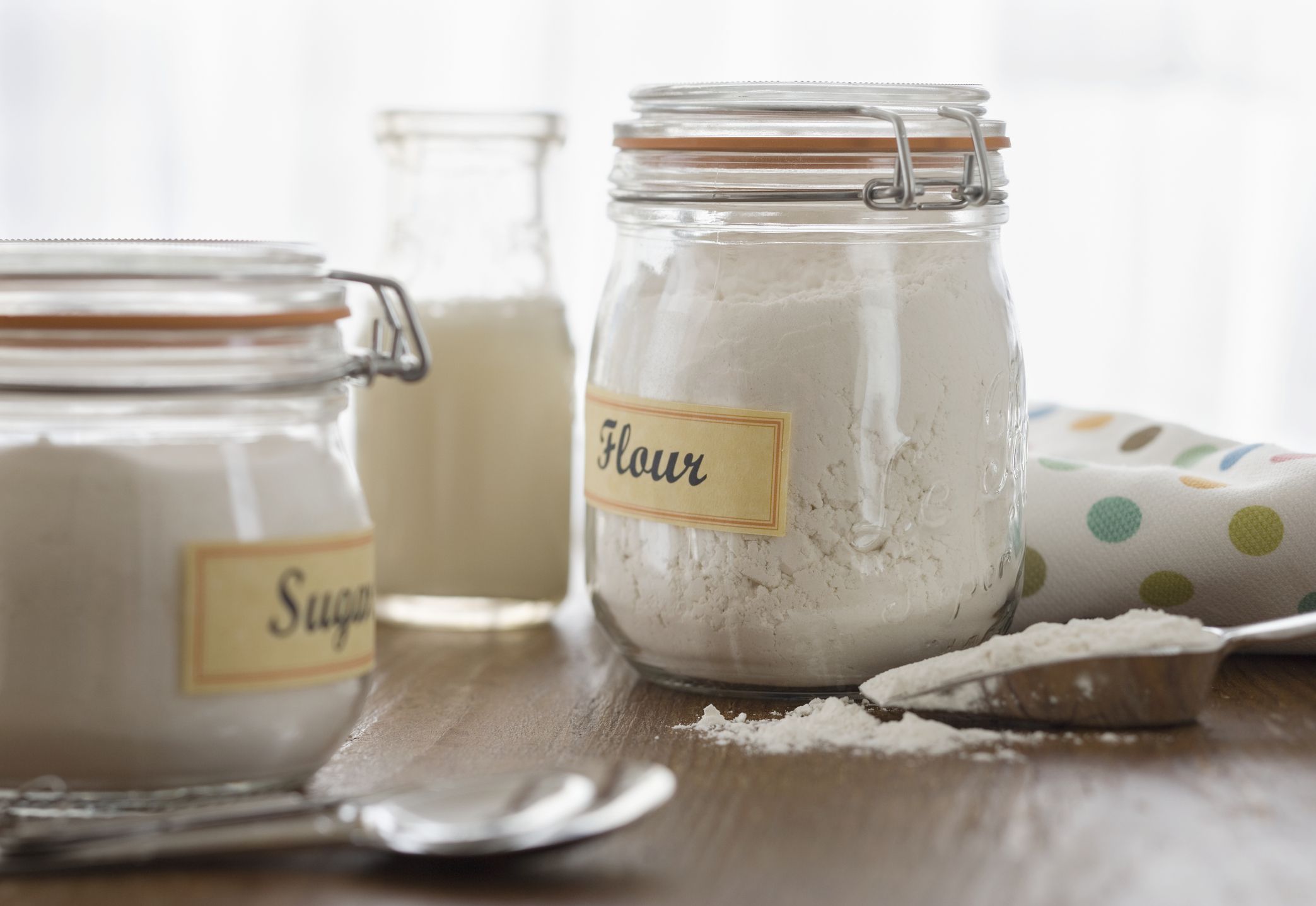
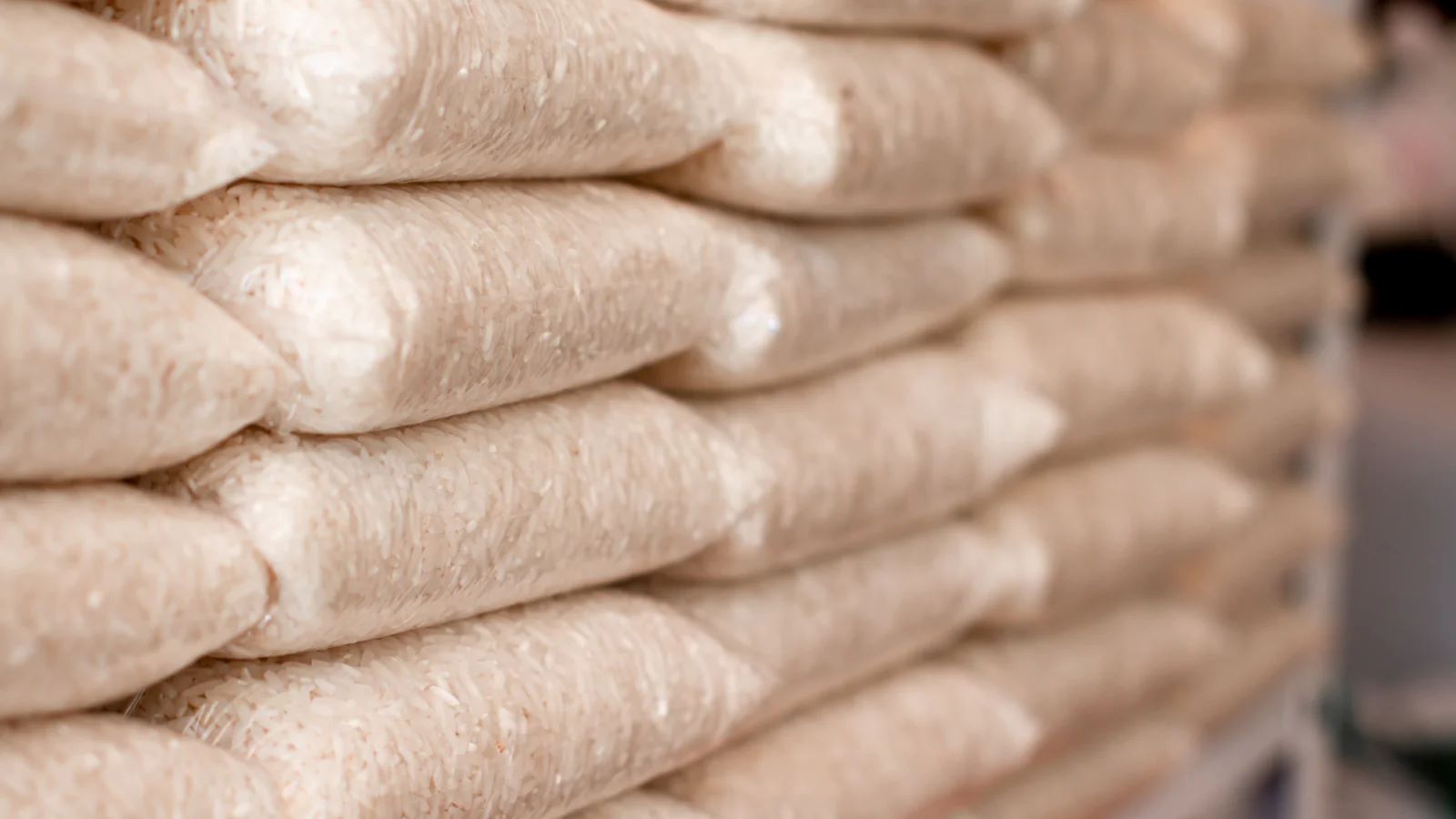
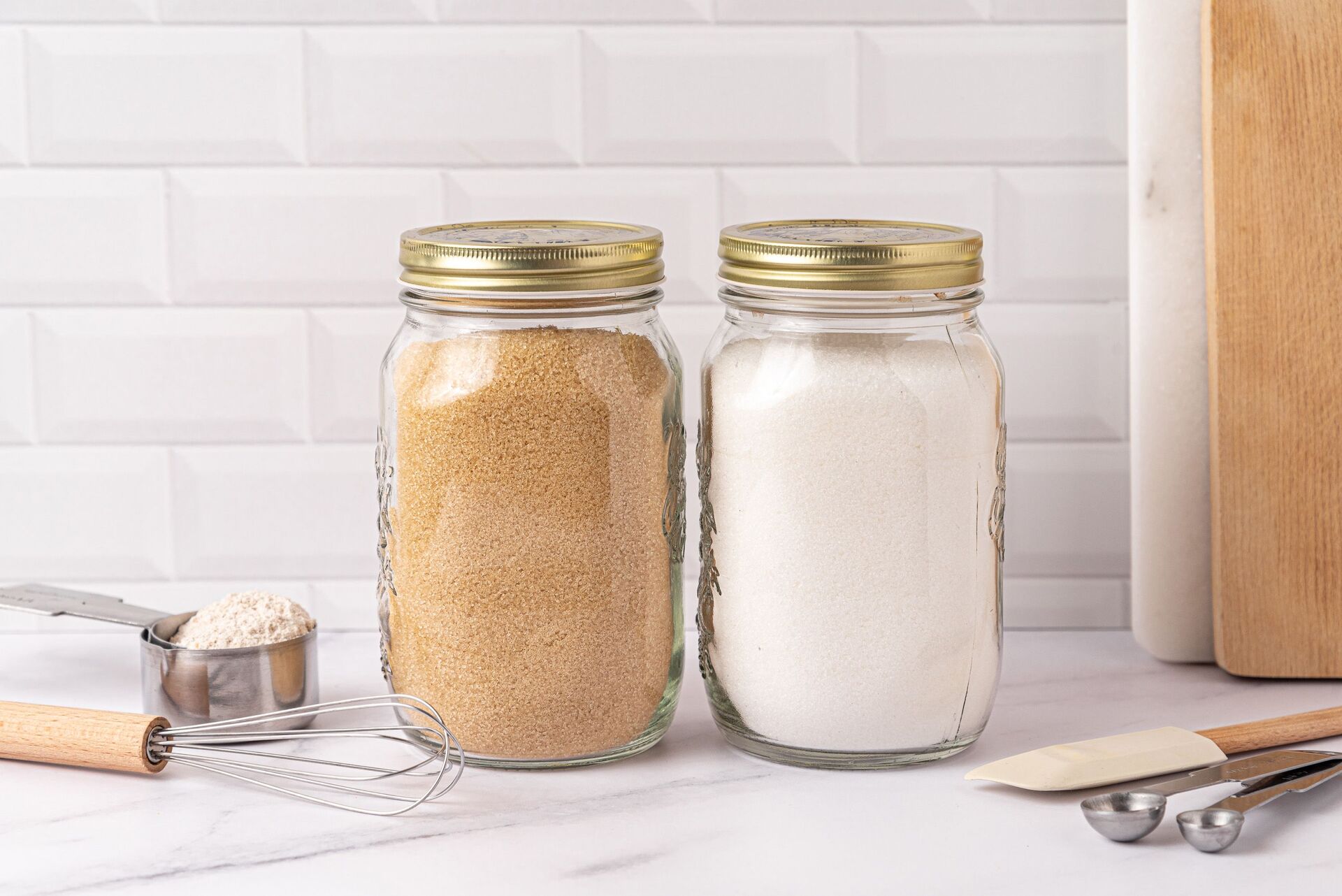
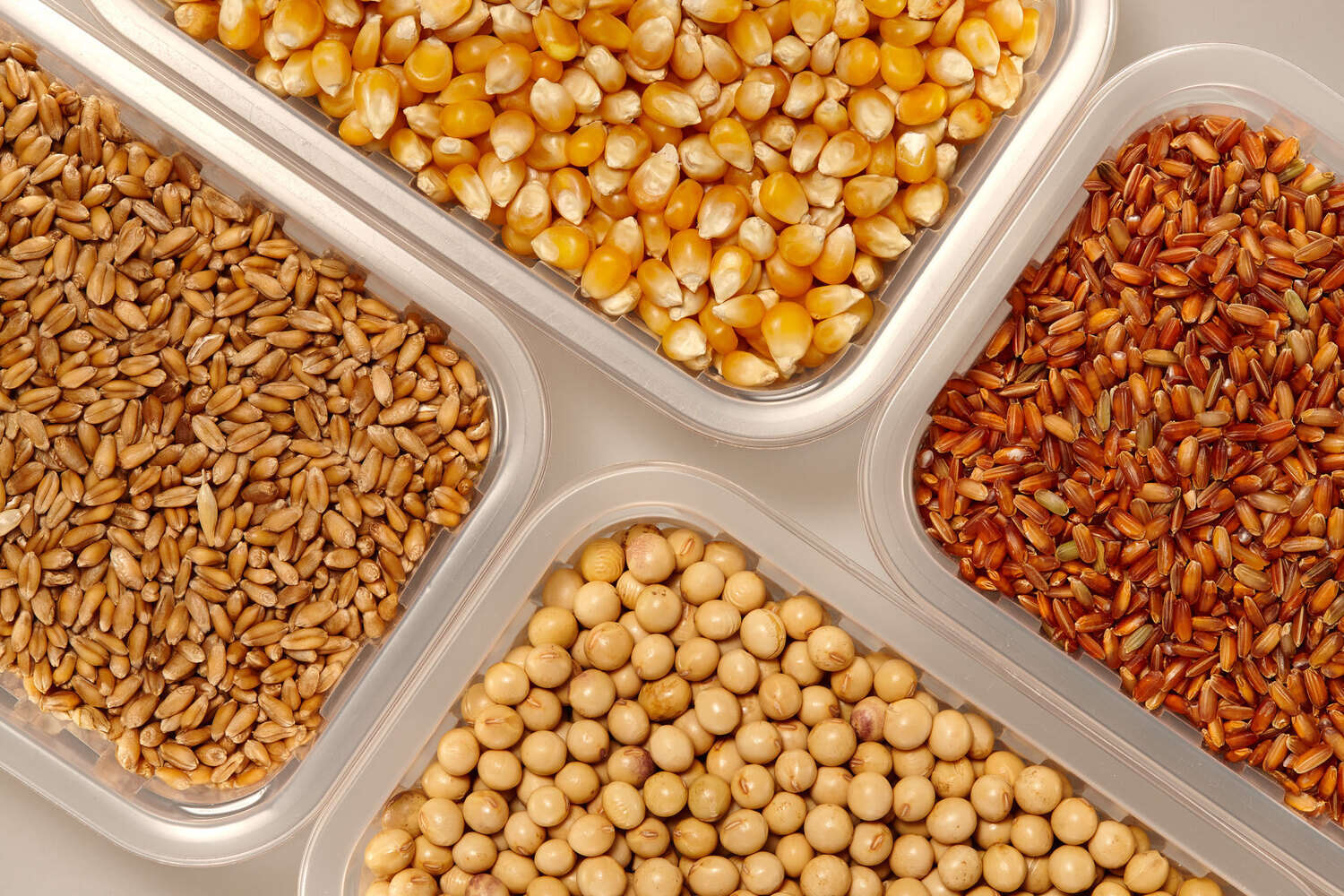
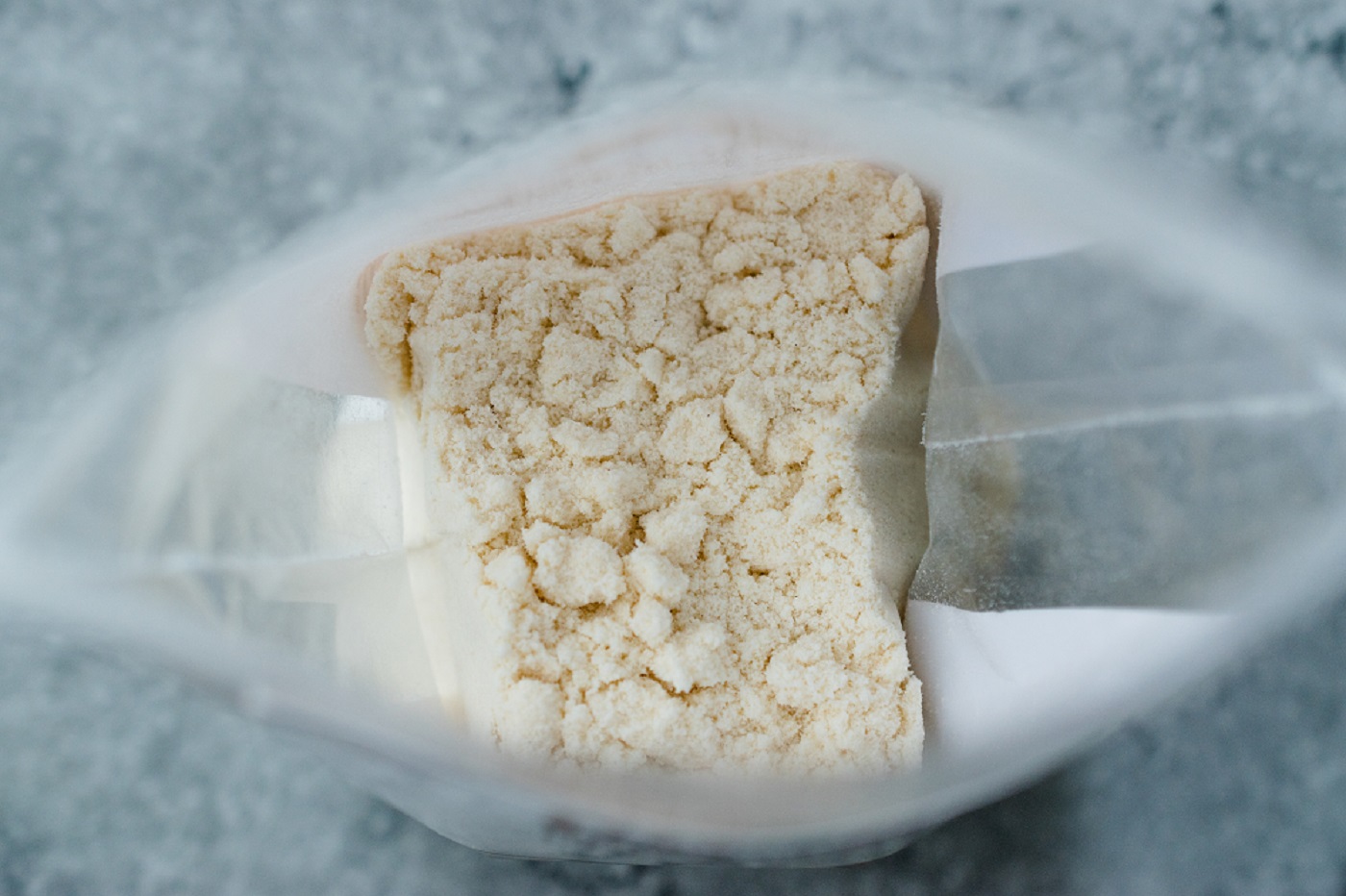
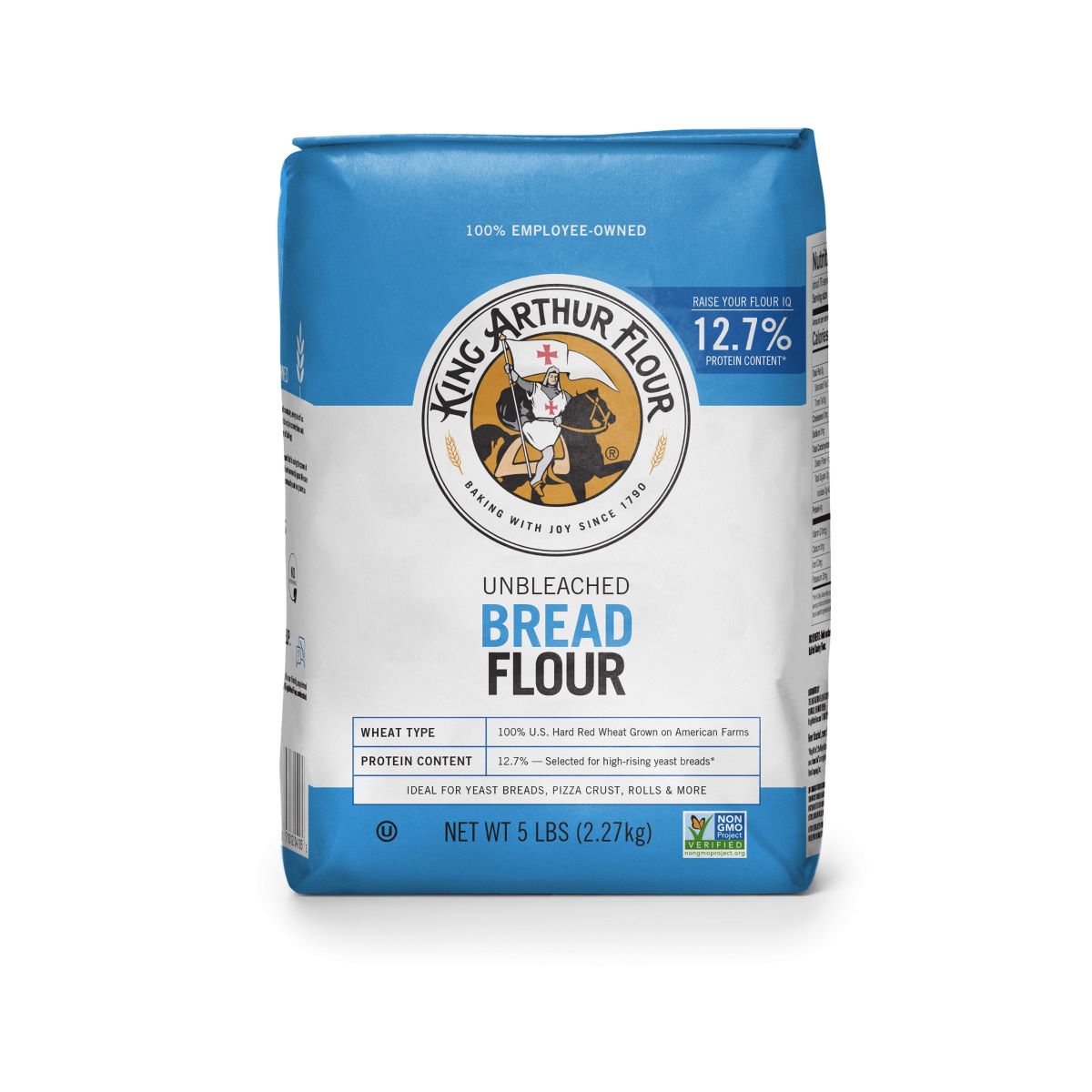
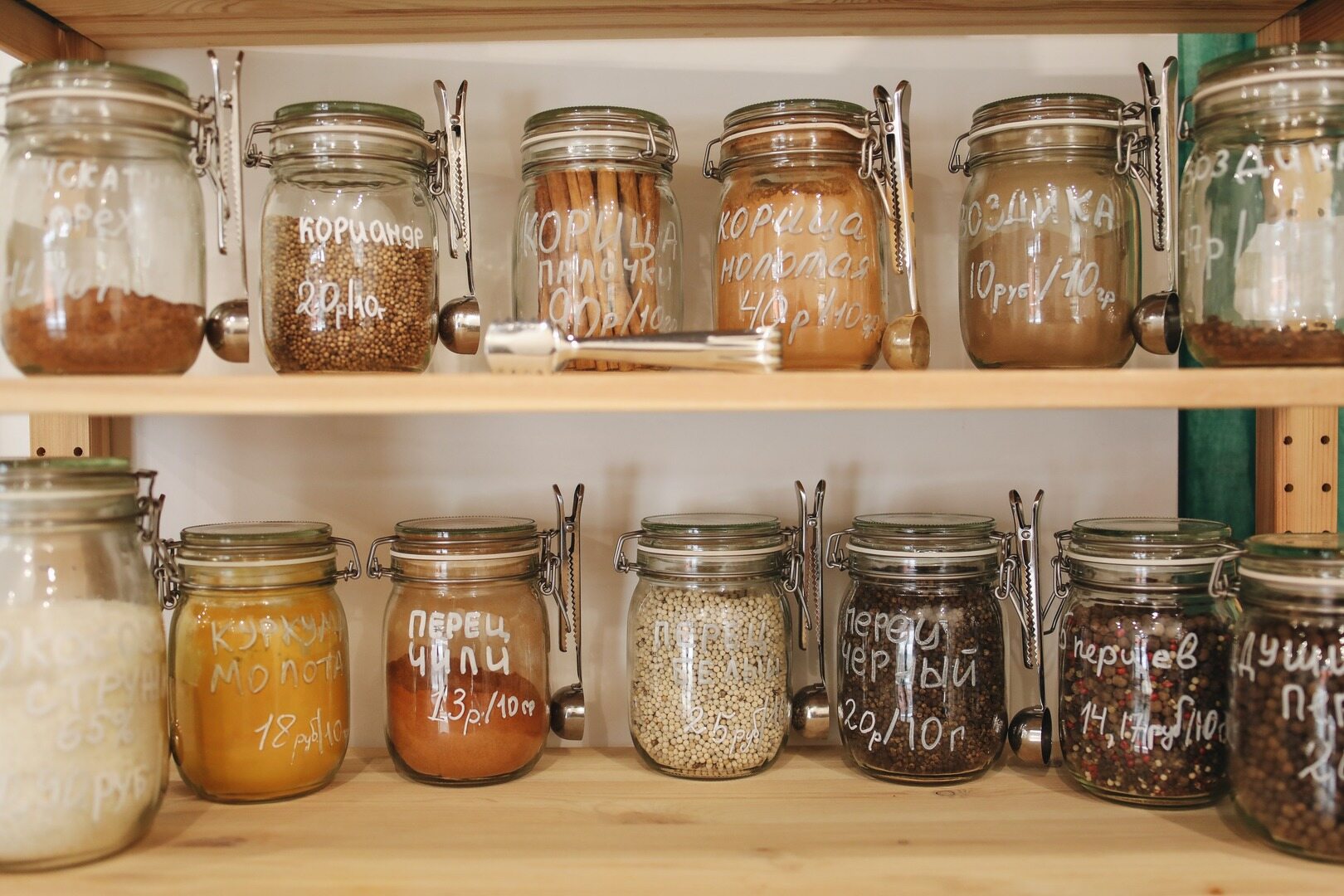
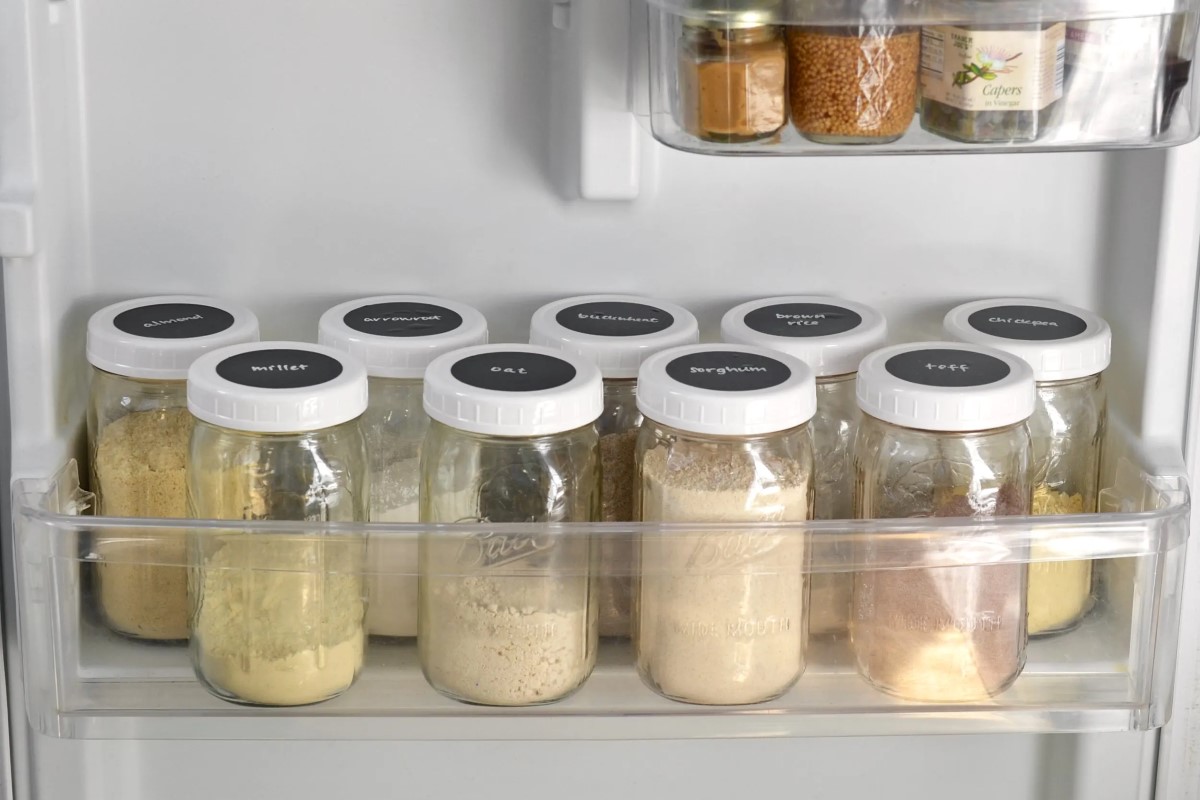
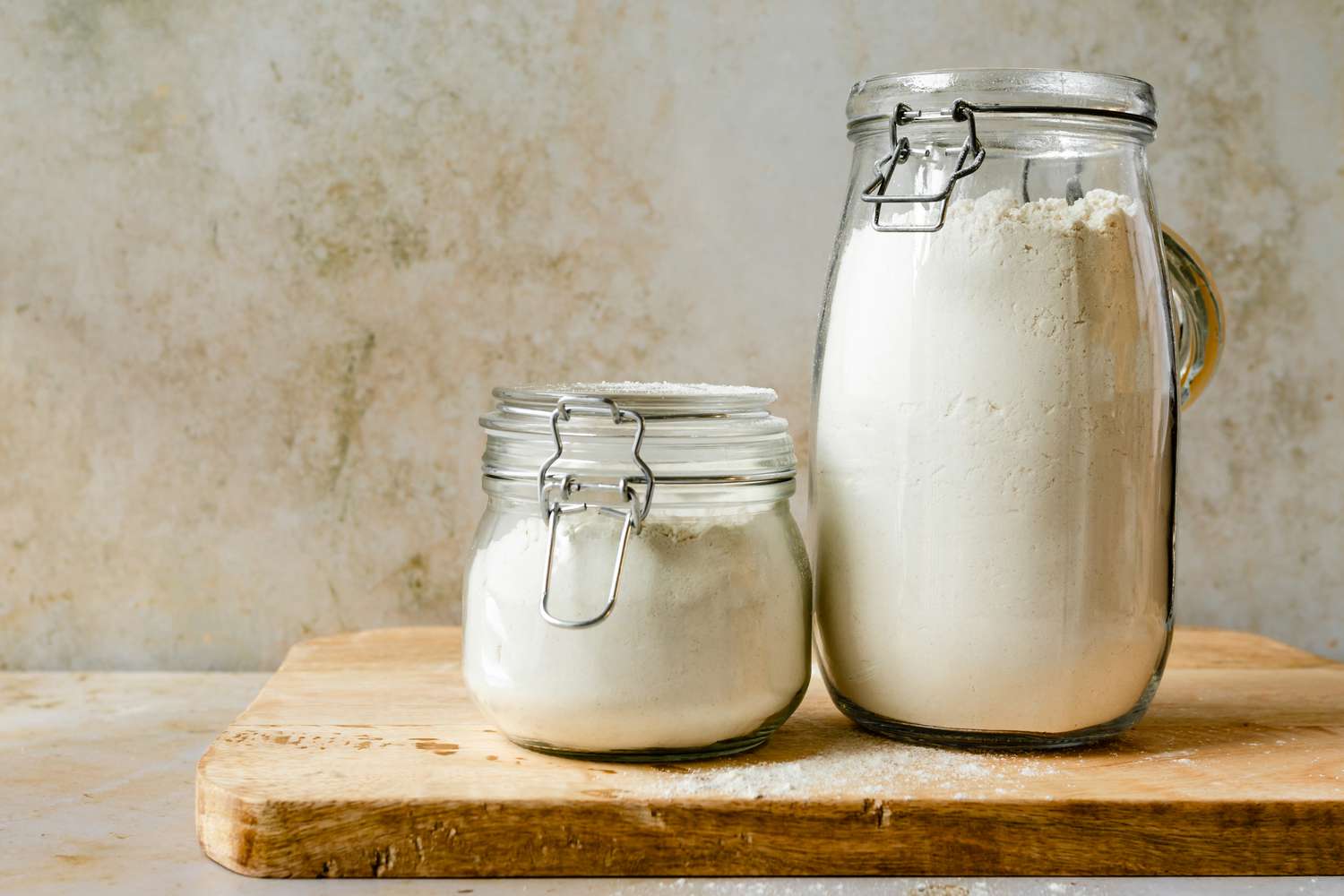
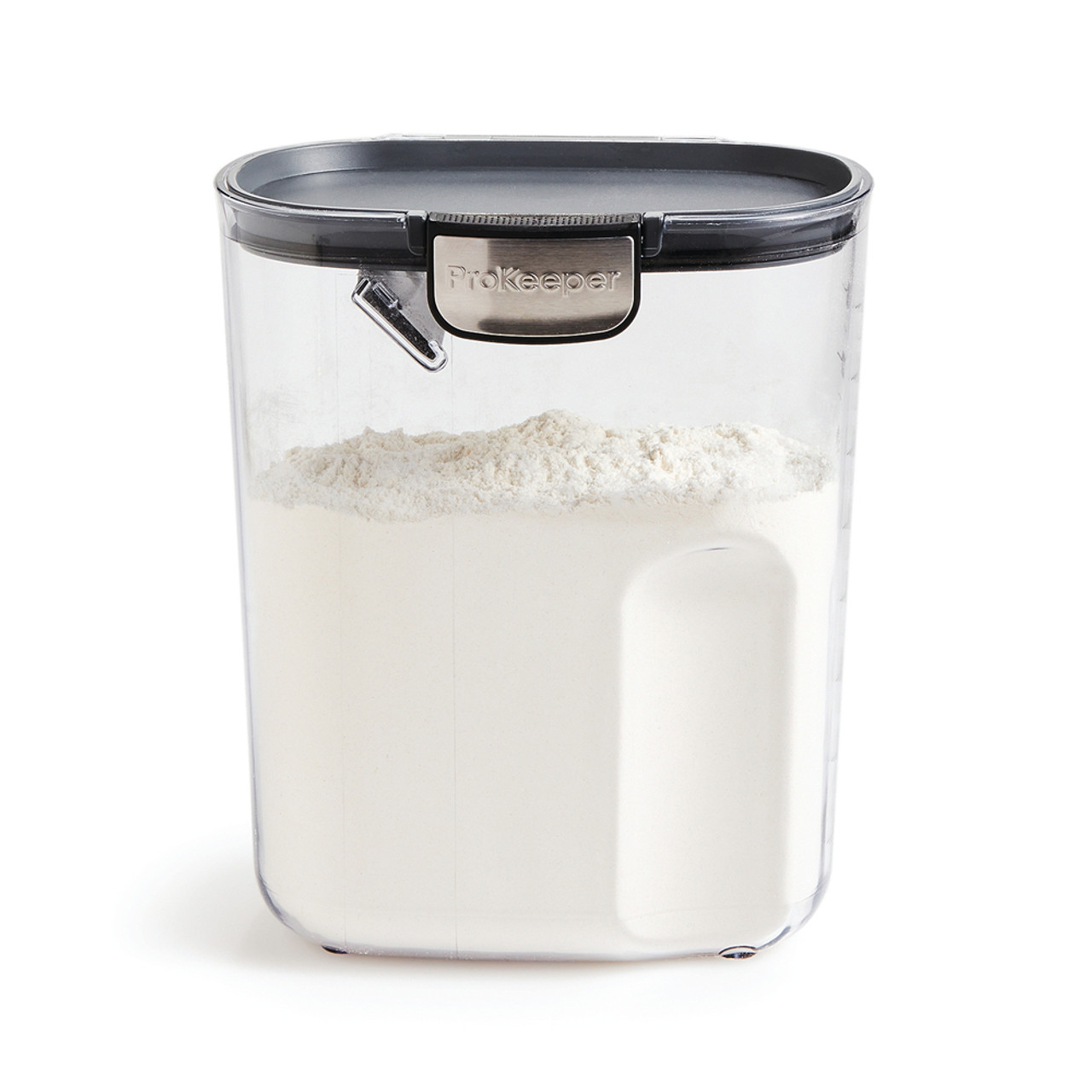
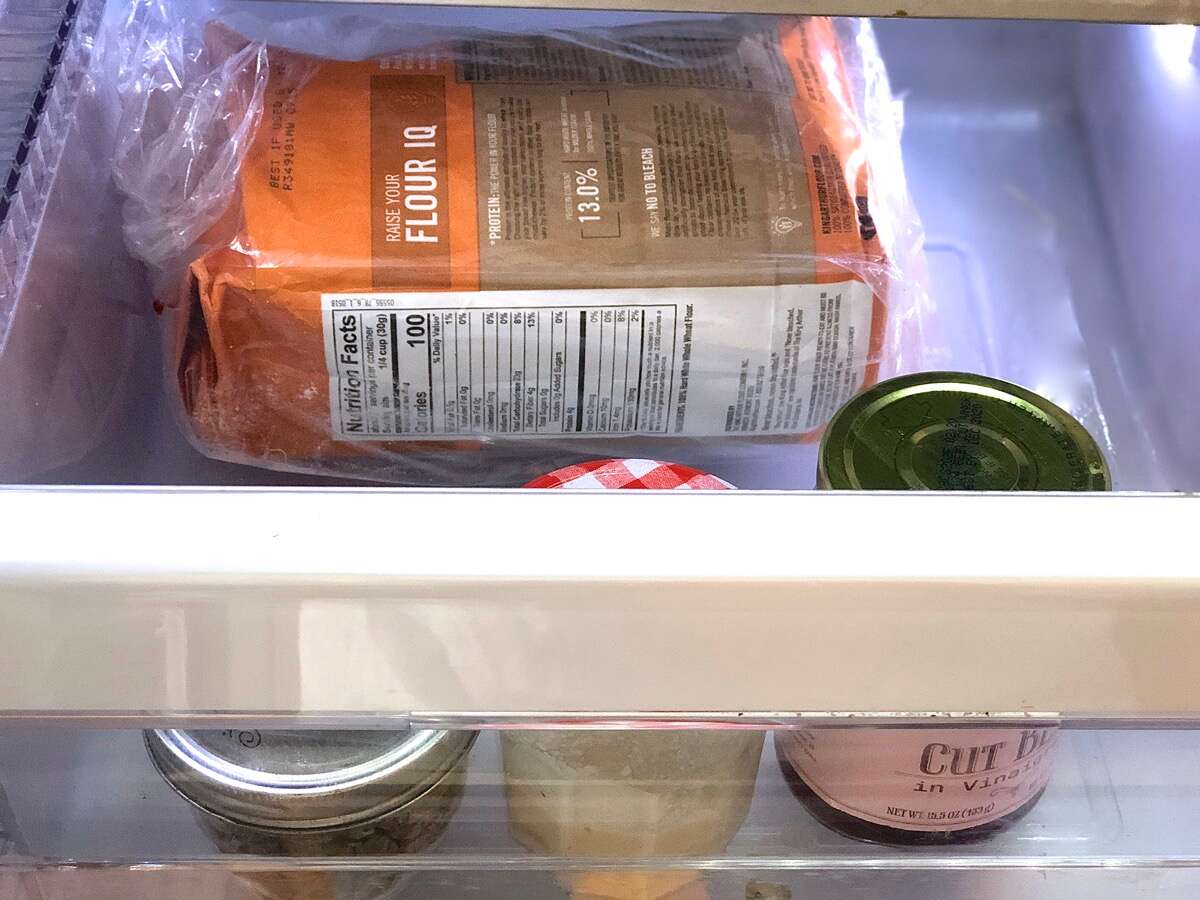

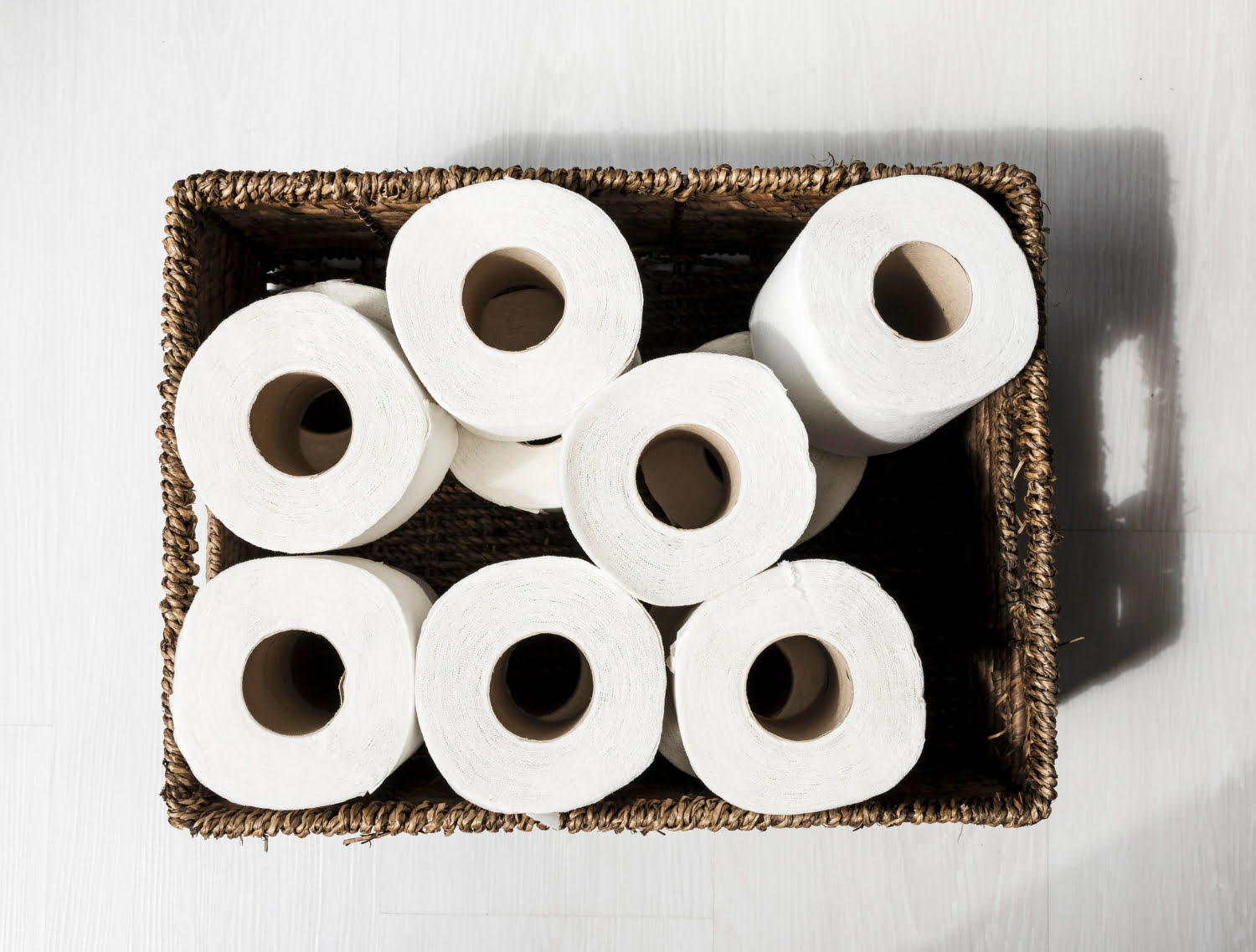
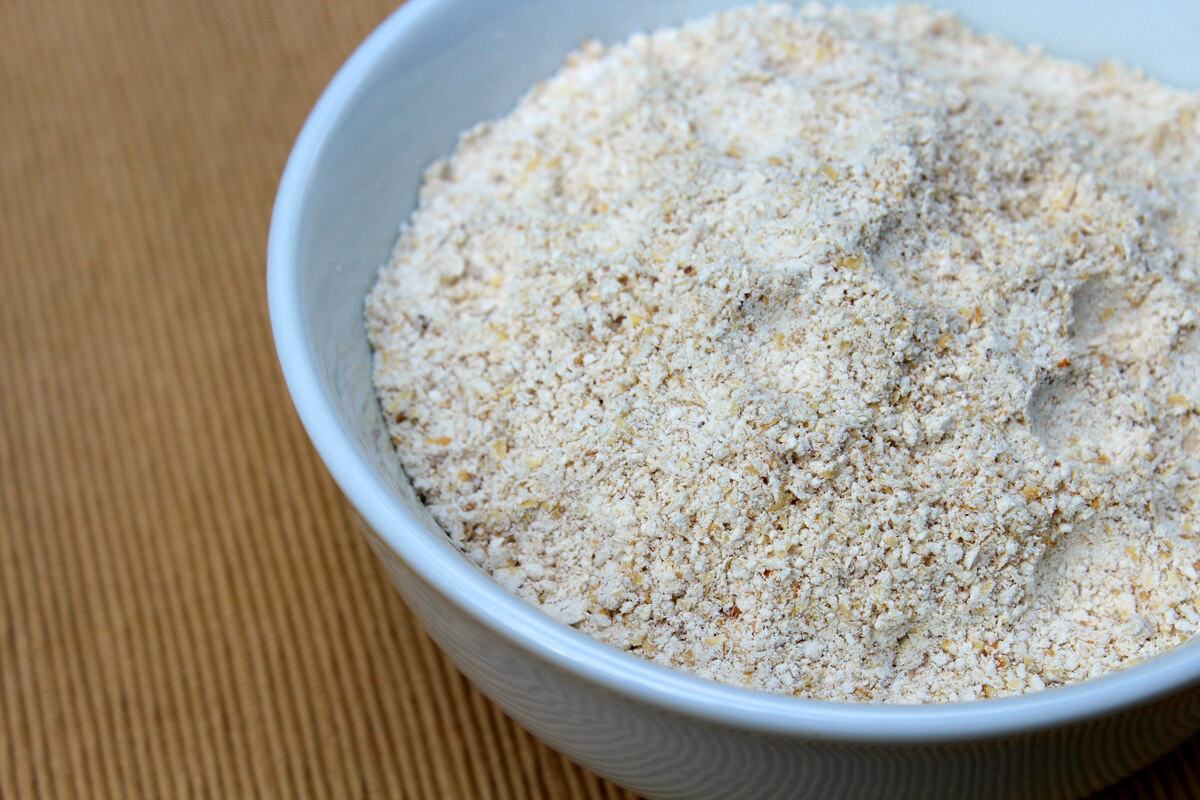

0 thoughts on “How To Store Bulk Flour”